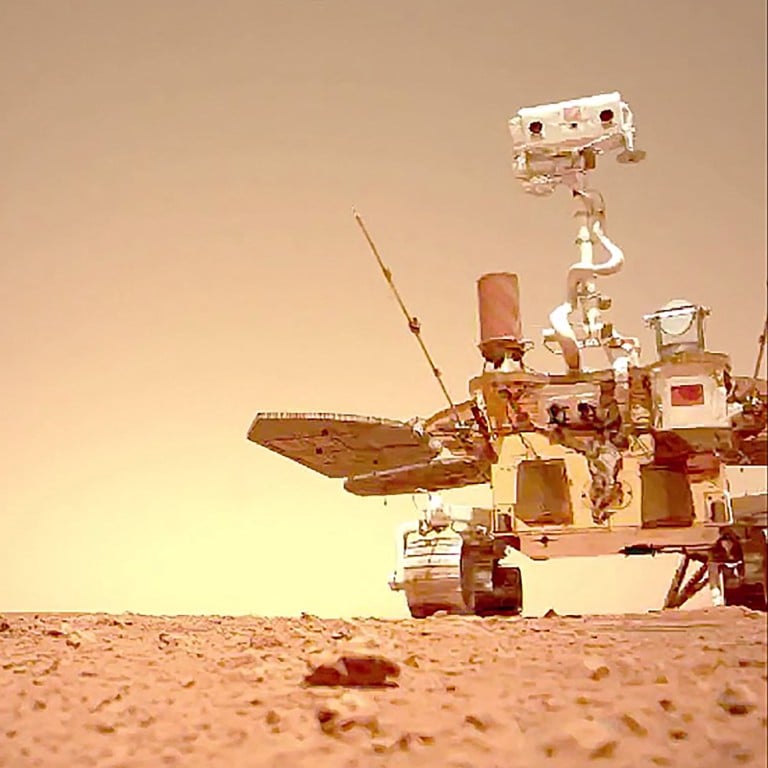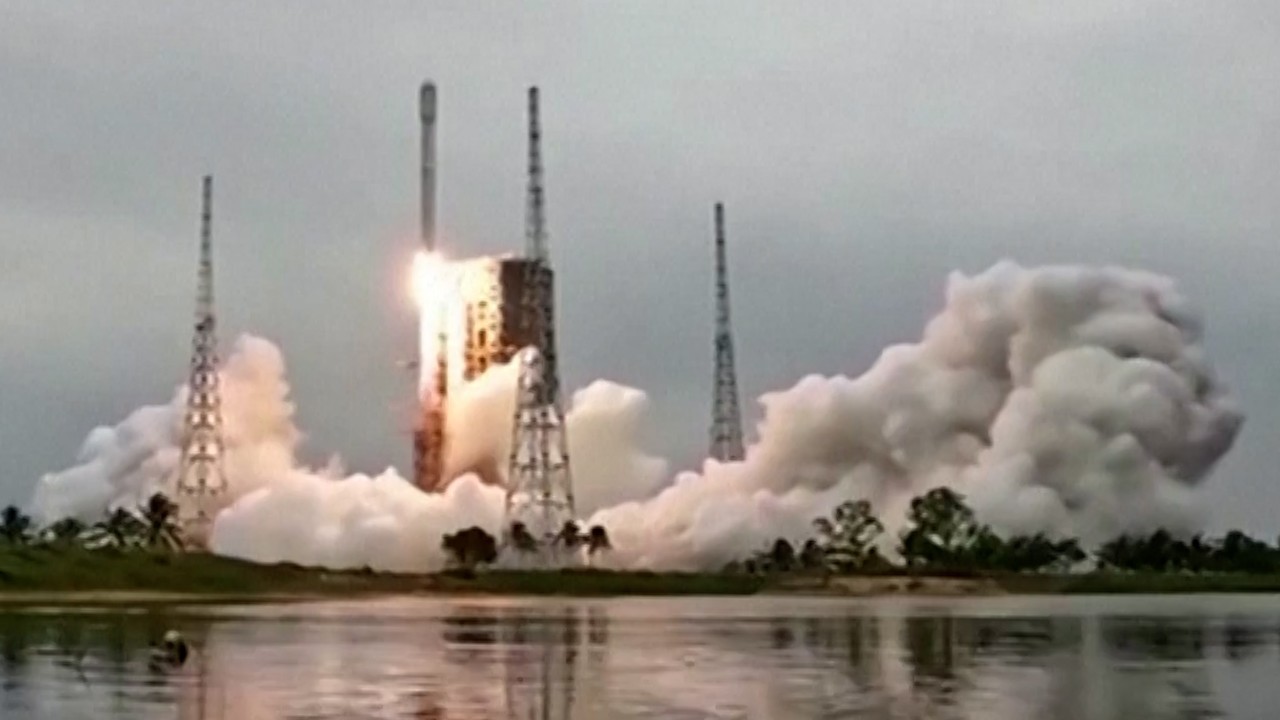
China aims to beat US in race for Mars samples with 2030 goal: space official
- It is the first time Chinese space authorities have openly suggested timeline for Tianwen-3 mission puts it ahead of Nasa’s plans
- Planning work has also begun for the world’s first laboratory for the study of Martian rocks, Wu Weiren reveals
“China will launch the Tianwen-3 spacecraft around 2030 to implement its Mars sample return mission,” Wu Weiren said on Wednesday, in a keynote speech to the China Space Conference in Wuhan, in the central province of Hubei.
“In view of the progress being made around the world, we are expected to become the first country to deliver samples from Mars,” said Wu, who is also director of the recently established Deep Space Exploration Laboratory in Hefei, Anhui province.
Wu, the first senior Chinese space official to make such a prediction openly, also revealed that China has started planning on a project to build the world’s first Mars sample laboratory.
Sun Zezhou, Wu’s colleague and chief designer of the 2021 Tianwen-1 Mars mission, previously said that all key technologies needed for Tianwen-3 were in place and work was progressing smoothly.
China and the US are the only two nations that have soft landed on Mars – one of the few places in the solar system where life may have existed, making it a major destination for exploration.
Nasa had also hoped to bring Martian rocks to Earth in around 2030. Its Perseverance rover has already collected a number of samples in tubes that are waiting on the planet’s surface to be picked up.
However, a spike in the programme’s budget – from about US$4 billion to US$11 billion – forced the US space agency to abandon its original plan earlier this month, leaving the mission date uncertain.
An independent review found last year that even if Nasa could afford the US$11 billion needed for this mission, any samples would not be returned to Earth until 2040.
Nasa administrator Bill Nelson said the agency was seeking proposals for quicker and cheaper ways to retrieve the samples. “We need to look outside the box to find a way ahead that is both affordable and returns samples in a reasonable time frame.”
Nasa’s exploration of Mars started five decades ago. In 1976, its Viking 1 and Viking 2 landers became the first spacecraft to touch down on the red planet. Landing attempts by then Soviet Union and European Space Agency ended in failure.
China is a latecomer to Mars exploration. In 2021, its Tianwen-1 spacecraft successfully deployed an orbiter into the planet’s orbit and put down a lander and rover on the Martian surface.
China is also the only country in the past 50 years – since the end of the Apollo era in 1972 – to have brought back rock samples from the moon.
The US tried a return to the moon earlier this year. A Nasa-backed commercial lunar lander failed to reach its destination while a second craft tipped over during touchdown and survived for a few days.


